If the energy transition were an “athlete,” then the athlete would have left the starting line years ago. Although he has already run half the distance, the finish line is still far away.
It is worth noting that in the final leg, the momentum has slowed, and the improvement in the global Energy Transition Index (ETI) score from 2021-2024 is nearly four times lower than the score from 2018-2021.
The ETI highlights the difficulty of achieving a balanced transition between sustainability, equity and security, with only 21 out of 120 countries making progress on all three dimensions over the past year.
Sustainability has improved. However, apart from increased use of wind and solar, this aspect is no longer on the trajectory needed to reach net zero emissions by 2050.
Energy security is being tested amid rising geopolitical tensions. Energy equity challenges persist within and between countries – particularly around affordability and access.
Clean energy investment to hit record high of $1.8 trillion in 2023 but still only about a third of what is needed by 2030 to achieve net zero emissions. Post-Covid-19, the energy transition landscape has undergone dramatic shifts in geopolitical and economic realities, challenging the fundamental drivers of the energy transition.
The question is how to help the energy transition athlete regain momentum. The World Economic Forum (WEF), together with Accenture, has identified five actions that need to be taken together to answer that question, and more importantly, to ensure that the athlete maintains his form in the second half of this marathon.
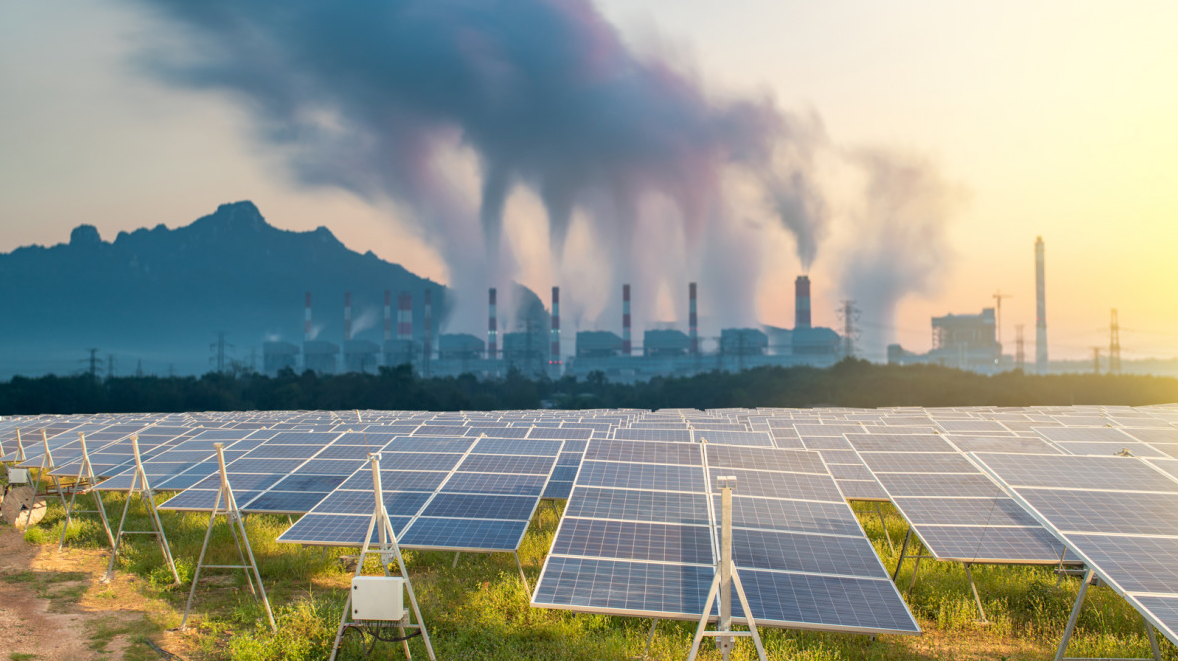
The energy transition is not just about developing new infrastructure and technologies; it entails far-reaching changes in society and the economy. Photo: RIFS Potsdam
First, regulations that promote decarbonization and energy efficiency should be prioritized. For example, the US Inflation Reduction Act (IRA) provides a 26% tax credit for solar investments amid a $369 billion fund for transition incentives.
Similarly, the UK has Contracts for Difference (CfDs), which provide long-term price stability to attract investment in renewable energy. The Minimum Energy Performance Standard (MEPS), adopted by the EU, US and Canada, helped reduce energy consumption in Japan’s manufacturing sector by 20% between 2000 and 2012.
Second, digital technologies and AI need to be applied to increase productivity and accelerate innovation. Generative AI, in particular, represents a transformative opportunity, with many companies and governments reimagining how the technology will reshape their entire value chains. By 2030, Accenture estimates that industry investment in generative AI will more than triple, rising from around $40 billion annually to more than $140 billion.
Ensuring the benefits of the AI revolution map onto the energy sector is a top priority. The energy requirements of AI are a major topic right now, as several countries reassess their future growth in electricity demand, which is set to increase sharply due to the proliferation of data centres. Ensuring AI has a net positive impact on the transition means delivering benefits that go beyond the new energy needs the technology creates.
Third, energy equity needs to be provided to vulnerable people and households. Society as a whole ultimately determines the pace of the energy transition. Social safety nets and compensation measures, including targeted income-based support, cash transfers, and temporary basic income initiatives, can reduce or reverse energy poverty and ultimately increase incentives to adopt clean energy solutions.
For example, the Philippines has implemented a Lifeline Rate program to provide subsidized electricity rates to low-income households that consume less than 100 kWh per month. France has targeted the majority of its energy efficiency upgrades in buildings to the lowest income earners. India is targeting electric mobility support for two- and three-wheelers, most of which are owned by low-income residents.
Fourth, energy supply and demand need to be matched to drive future investment. Commercial and offtake agreements are important for investment approvals, especially for large capital projects and infrastructure programmes, as they provide a secure source of revenue. Currently, the market for green products remains small, such as hydrogen, which is only 1% of the size of the current industry.
The First Movers Coalition aims to accelerate the critical emerging climate technologies needed to decarbonize the world’s most emission-heavy sectors, with a commitment to meet the annual demand for emerging technologies of $16 billion by 2030.
Both the public and private sectors need to act to stimulate investment by de-risking future demand. Japan and the United Arab Emirates (UAE) recently partnered to ship thousands of tonnes of green ammonia, marking the first initiative of this scale.
Fifth, achieving a successful energy transition requires both global cooperation, such as joint commitments, such as those made at COP28, and individual actions tailored to initial conditions, readiness and sector priorities.
The most significant difference in system performance between advanced economies and emerging and developing countries lies in the disparity in energy equity, particularly in emerging Asia and sub-Saharan Africa… Meanwhile, global momentum depends on engaging all countries, not just advanced ones.
The message from this year’s Energy Transition Index (ETI) is clear: We are deep into the race. Momentum is more important now than ever. Decision-makers around the world must act together to pick up the pace and accelerate the transition to a just, secure, and sustainable energy future.
Minh Duc (According to WEF)
Source: https://www.nguoiduatin.vn/chuyen-doi-nang-luong-cuoc-dua-marathon-khong-phai-chay-nuoc-rut-a669401.html







![[Photo] Prime Minister Pham Minh Chinh receives Mr. Jefferey Perlman, CEO of Warburg Pincus Group (USA)](https://vstatic.vietnam.vn/vietnam/resource/IMAGE/2025/4/18/c37781eeb50342f09d8fe6841db2426c)


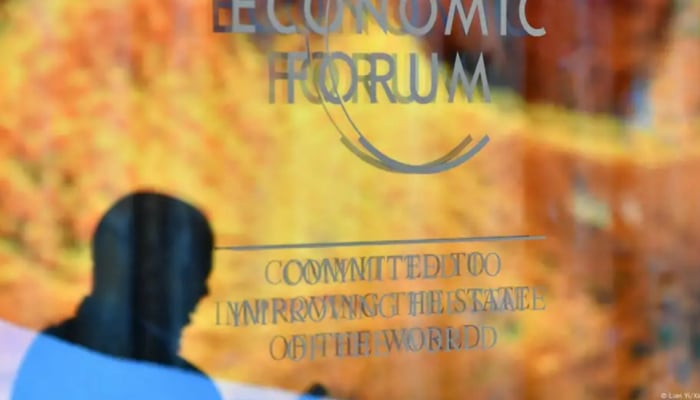

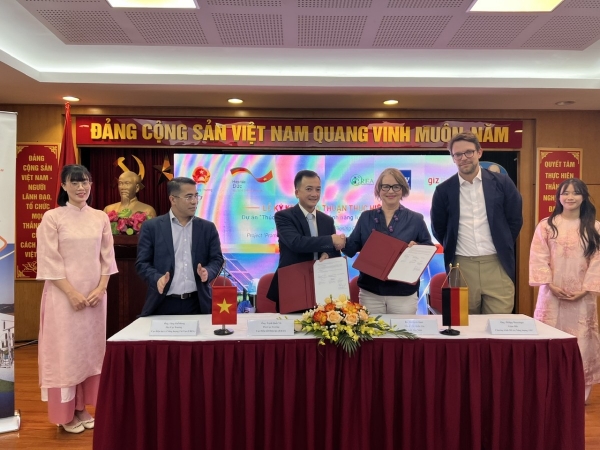

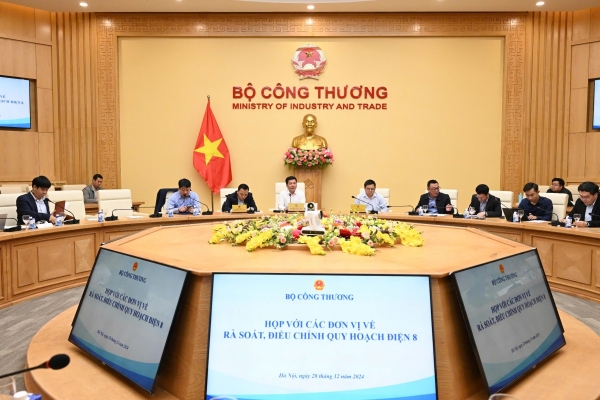

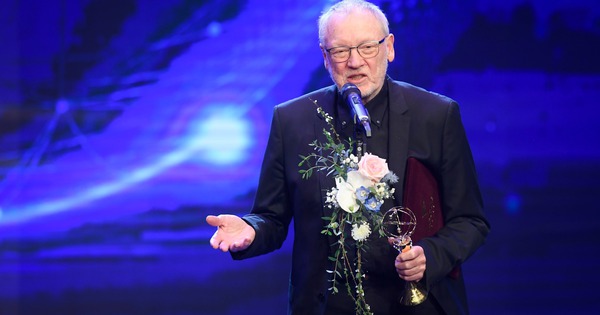





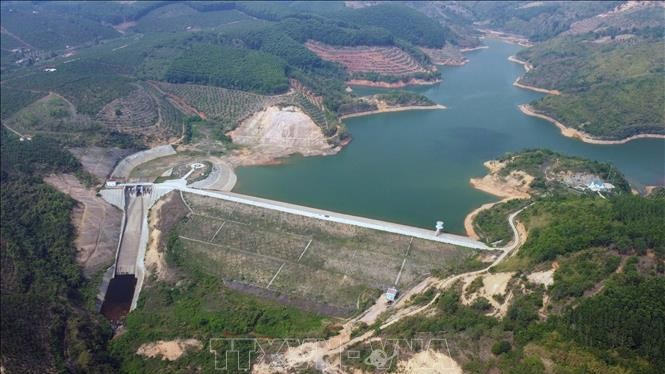

















































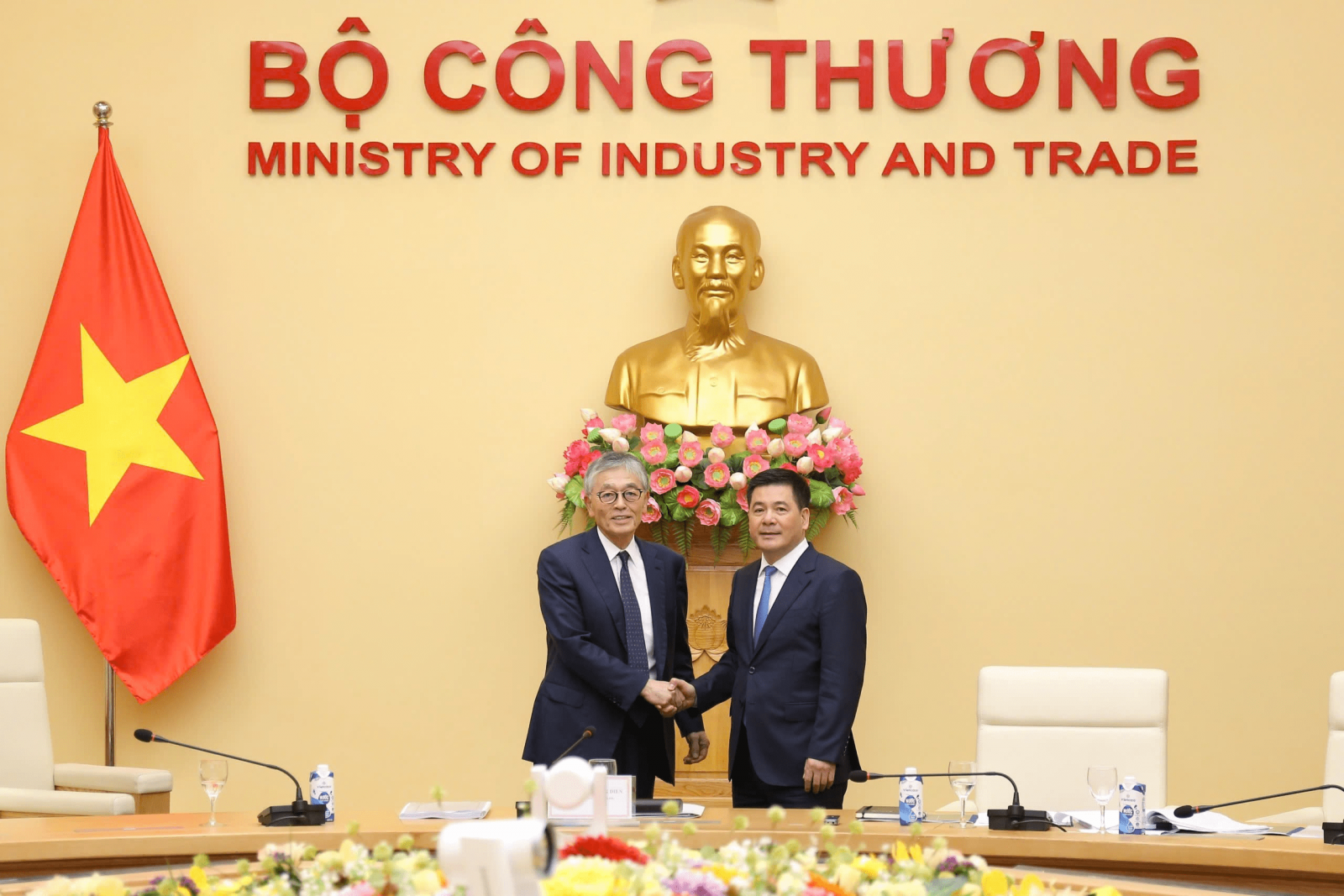

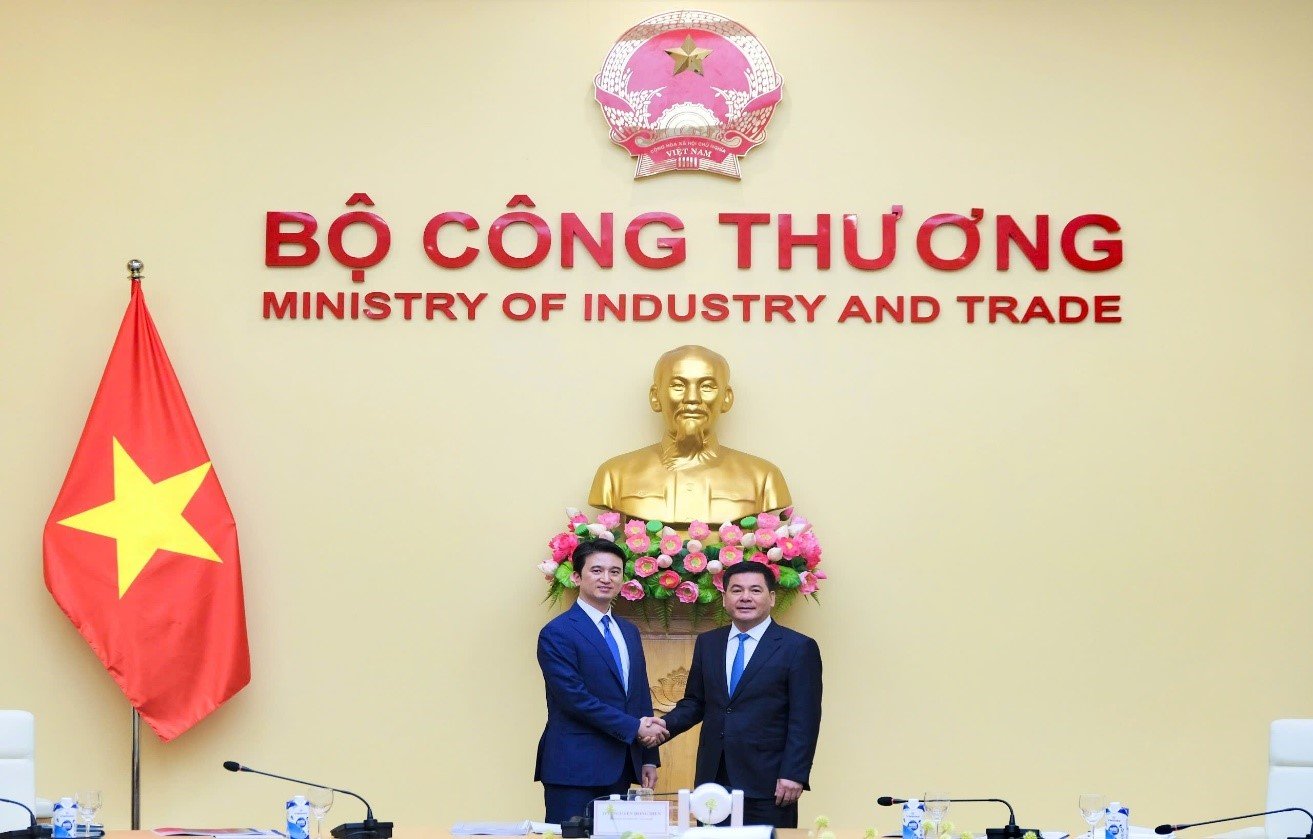

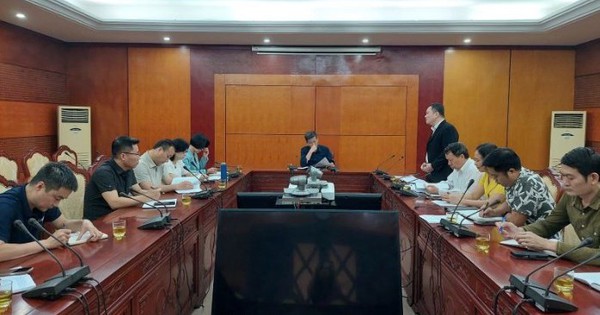



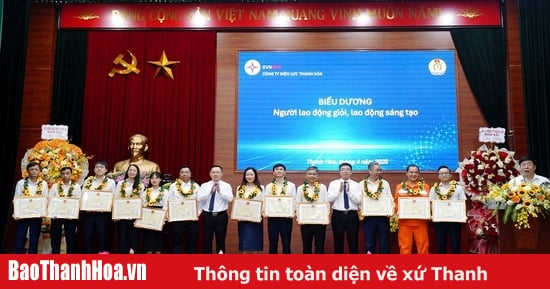



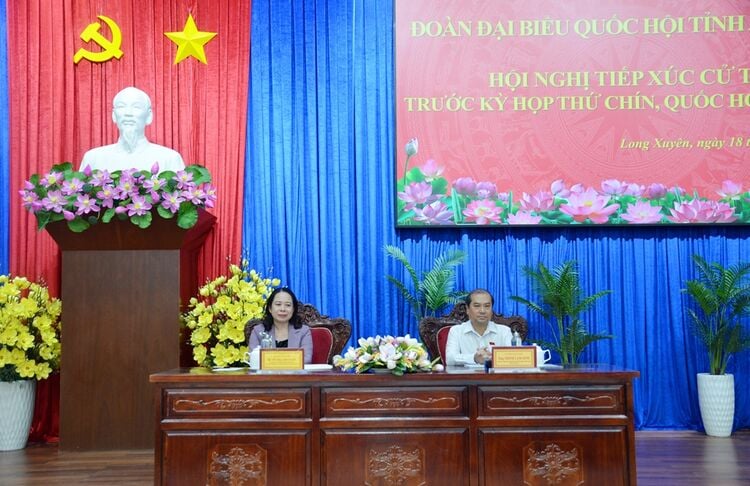
















Comment (0)